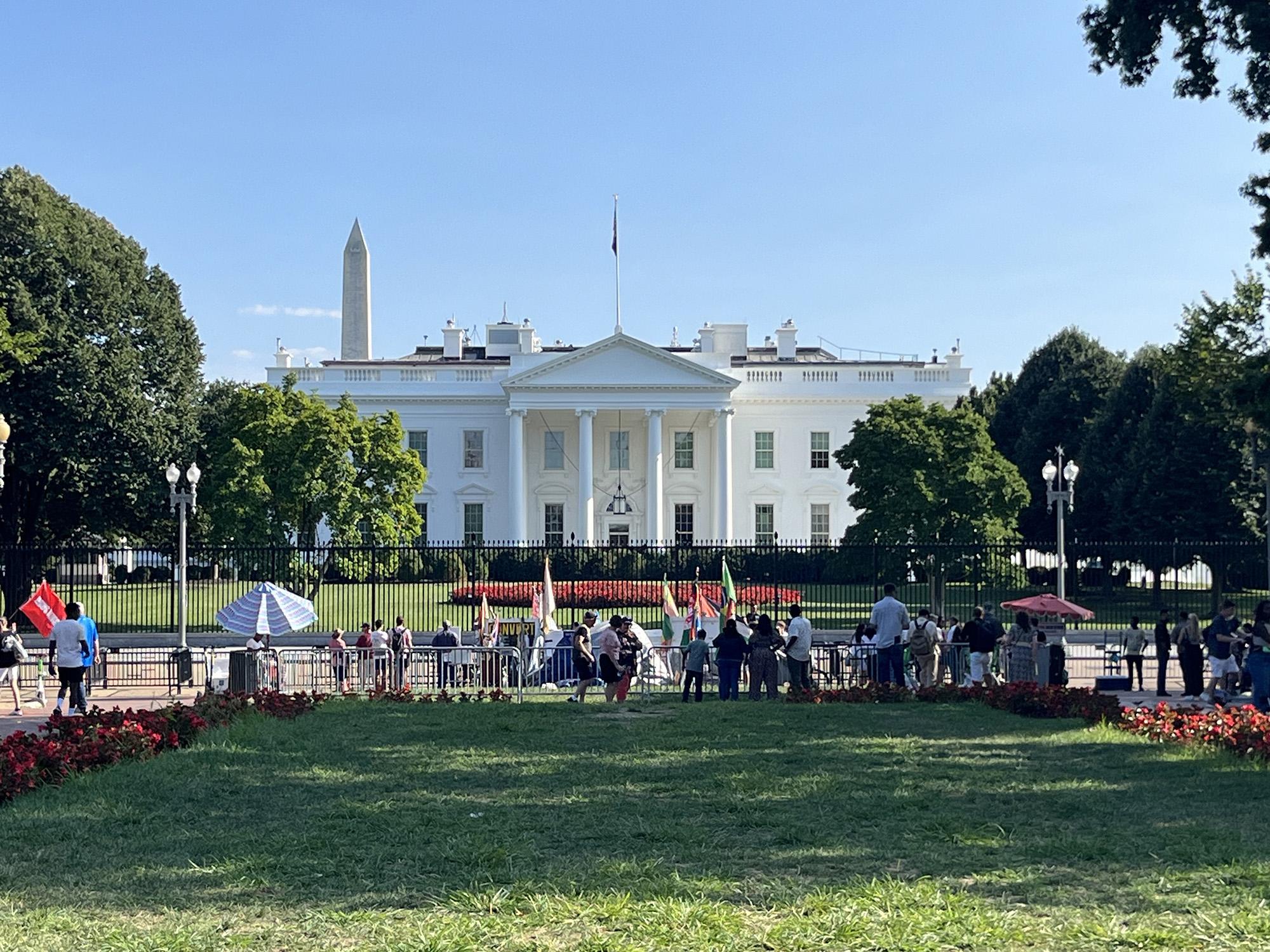As momentum builds for federal cannabis reform, the delivery sector stands on the cusp of transformative change. Once exclusively a patchwork of state‑level services, cannabis delivery could evolve into a robust national industry—complete with regulatory coherence, broader access, and intensified competition.
From State Silos to Interstate Routes
Today’s cannabis delivery operations are confined by state and city lines, limiting scale and efficiency. Federal legalization—and likely rescheduling from Schedule I to III—would enable interstate commerce, allowing companies to streamline logistics and eliminate duplicative systems. This shift could mirror the evolution seen in Canada, where national logistics networks have helped drive prices down by roughly 30% compared to the U.S.
Booming Market Opportunity
Even in a conservative state-level framework, industry forecasts are striking: U.S. legal cannabis sales are expected to grow from around $30 billion in 2022 to over $45 billion in 2025, and potentially exceed $70 billion by 2030. Federal legalization could accelerate this growth, unlocking new consumer segments—especially medical users and first-time customers—while legitimizing delivery as a mainstream retail channel.
Compliance and Operational Complexities
Transitioning to a federal framework will introduce tighter oversight. Operators will face stricter labeling standards, tracking requirements, limits on THC potency, and rigorous product testing. That said, federal endorsement could ease compliance burdens over time, with streamlined regulations replacing the current maze of state-by-state rules. The proposed repeal of IRS Section 280E (tax benefits currently restricted to non‑federally legal cannabis) could also boost profitability for delivery startups.
Investment, Innovation, and Competition
With new legal security and access to traditional banking and credit, delivery companies may attract substantial investment. Financing will enable deployment of advanced technology—route optimization, contactless access systems, and even drone or autonomous vehicle delivery models. But alongside opportunity comes national competition: local players could face new pressure from well-capitalized multistate operators, echoing disrupters in the retail dispensary space.
Consumer Experience and Inclusion
Federal legitimacy would likely broaden delivery’s appeal. Customers—particularly older adults and medical users—may be more inclined to order from their homes. Meanwhile, federal equity initiatives like the MORE Act or the Cannabis Administration and Opportunity Act include provisions for small and social‑equity businesses. Delivery services that align with these measures could access new funding and grants, helping level the playing field.
Challenges Ahead: Public Safety and Social Equity
Critics contend that expanded access could lead to increased consumption, though evidence from state-level legalization shows mixed social impacts. Delivery services will need to incorporate robust age verification and dosage control safeguards.
Equity-focused operators must work to ensure reforms don’t unfairly favor deep-pocketed entrants. Meaningful participation will require more than regulation—it will demand transparency, community engagement, and fair licensing.
Looking Forward
Federal legalization isn’t merely policy—it’s a catalyst. It could convert cannabis delivery from a fragmented service into a cohesive, national consumer marketplace, enriched by investment, innovation, and inclusivity. The trajectory will hinge on the final shape of federal rules—ranging from interstate shipping to tax law reform. But if executed well, the transformation could fully integrate delivery into America’s mainstream retail ecosystem.





